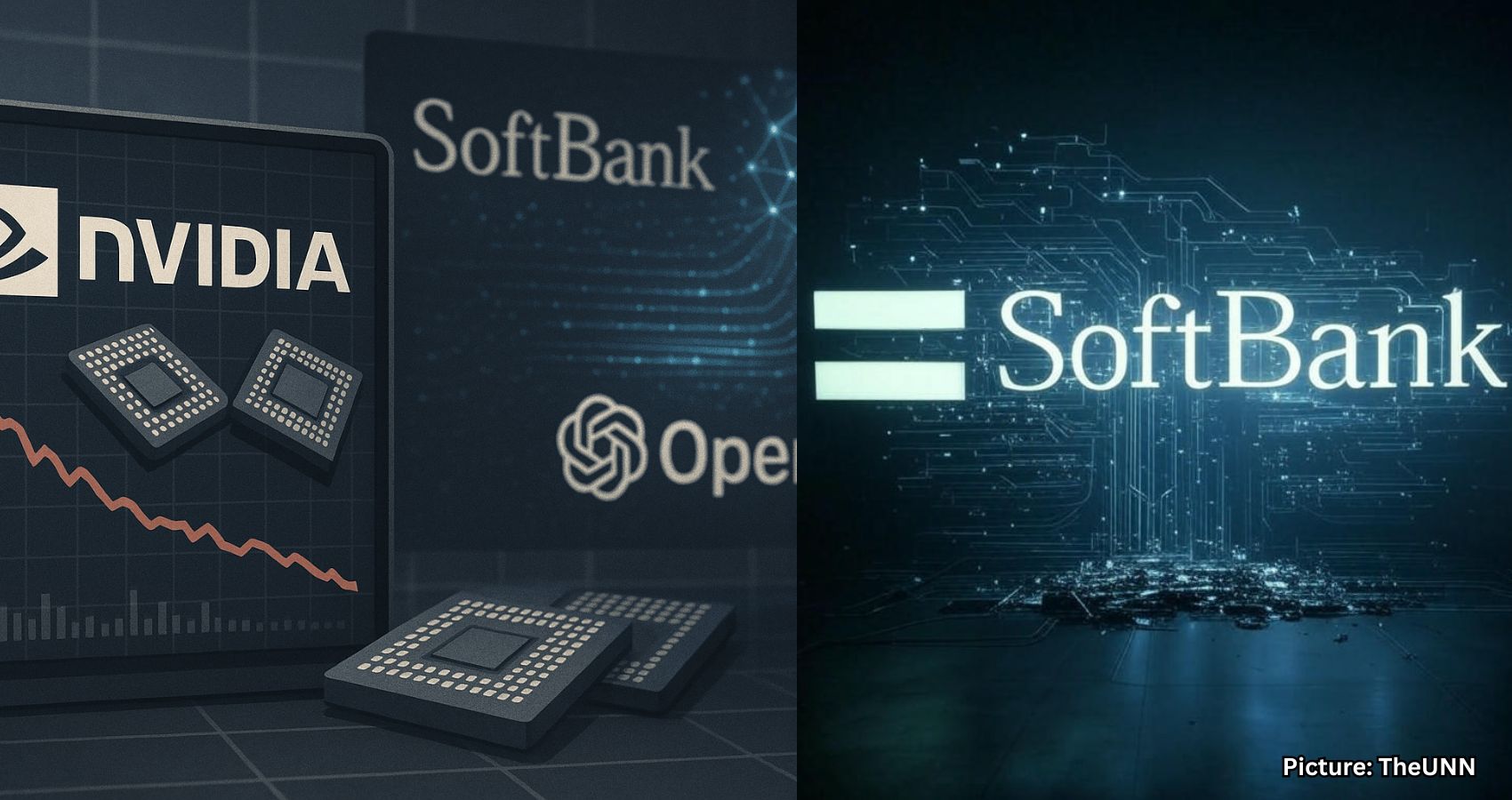Asian chip stocks faced a significant downturn on Friday, primarily impacting SoftBank, following a sharp decline in Nvidia’s stock despite its strong earnings report.
Asian chip stocks experienced a sector-wide pullback on Friday, with SoftBank leading the decline. This downturn was triggered by Nvidia’s unexpected drop, which occurred despite the company reporting stronger-than-expected earnings and maintaining a bullish outlook.
In Tokyo, SoftBank’s shares fell by more than 10%. The Japanese tech conglomerate had recently sold off its Nvidia shares but still retains control over Arm, a British semiconductor company that provides Nvidia with essential chip architecture and designs.
Throughout 2025, SoftBank has intensified its technical collaboration with Nvidia, even as it divested from holding Nvidia as a financial asset. The partnership has expanded to include large-scale AI computing and telecommunications infrastructure. Notably, SoftBank deployed its AITRAS converged AI-RAN platform at Nvidia’s headquarters, facilitating low-latency edge-AI experiments that leverage Nvidia’s GH200 Grace Hopper processors.
Additionally, SoftBank announced plans to construct one of the world’s largest AI supercomputing systems utilizing Nvidia hardware. This project, a DGX SuperPOD, will incorporate over 4,000 Blackwell-generation GPUs, delivering more than 13 exaflops of computing power. These initiatives highlight SoftBank’s strategy to integrate advanced AI and GPU capabilities into telecom networks, cloud environments, and edge-computing systems.
Billy Toh, regional head of retail research at CGS International Securities Singapore, noted that Nvidia’s stock decline was influenced by multiple factors, including a Bitcoin selloff, the potential for a delayed Federal Reserve rate cut, and generally tighter financial conditions. He remarked, “Add in the ongoing talk of an AI bubble, which triggers a broader risk-off rotation, and naturally Nvidia becomes one of the first pressure points,” as he explained to CNBC.
SoftBank’s commitment to large-scale AI computing signifies a substantial investment in advancing technological capabilities. The company’s initiatives are indicative of a broader strategy to embed sophisticated AI and GPU technologies into various sectors, including telecommunications and cloud computing.
The future trajectory of AI and semiconductor investments will likely hinge on technological advancements, market adoption, and overarching economic conditions. SoftBank’s strategic moves position it as a key player in shaping the next generation of computing solutions. However, the rapid pace of innovation also brings challenges, such as managing operational complexity and adapting to fluctuating market dynamics.
While these developments present potential growth opportunities, they also emphasize the necessity for careful execution and strategic planning. Successful integration of advanced AI into commercial and research applications will require navigating the interplay between cutting-edge technology deployment and market reactions. This highlights the challenges faced by companies as they strive to balance innovation with financial pressures in the fast-evolving semiconductor and AI landscape.
Source: Original article

